Hi there!/Cześć!
Dzisiaj zapraszam na foto wycieczkę do kompleksu klasztornego w Lubiążu na Dolnym Śląsku. Jest to byłe opactwo Cystersów, które należy do największych tego typu kompleksów w Europie. Chociaż klasztor powstał w tym miejscu już w XII wieku to obecna forma opactwa pochodzi głównie z wieków XVII i XVIII.
Klasztor istniał w tym miejscu do początków XIX wieku, kiedy to cystersi zostali usunięci z klasztoru przez króla pruskiego. Następnie mieścił się tutaj szpital, a podczas drugiej wojny obóz dla przesiedleńców oraz instytucja badawcza.
Po 1945 roku obiekt podzielił los wielu tego typu zabytków na Dolnym Śląsku. Został zajęty przez Armię Czerwoną, wyposarzenie zostało rozgrabione i zdewastowane (łącznie z pochówkami Piastów Sląskich, któtzy spoczywali w klasztorze), później urządzono w tym miejscu szpital dla czerwonoamistów. Po 1989 roku obiektem zajęła się fundacja Lubiąż i od tego czasu prowadzona jest jego renowacja. Aktualnie poza samym otoczeniem klasztoru dla zwiedzających udostępnione zostało też kilka odrestaturowanych sal wewnątrz budynku.
Zapraszam do oglądania:
ENG:
Today, I invite you on a photo trip to the monastery complex in Lubiąż (Lower Silesia, Poland). It is a former Cistercian abbey and one of the largest complexes of its kind in Europe. Although the monastery was founded here in the 12th century, but its current form mostly dates back to the 17th and 18th centuries.
The monastery remained active until the early 19th century when the Cistercians were removed by the King of Prussia. Later, the site was used as a hospital, and during World War II, it served as a camp for displaced persons and a research institution.
After 1945, the building shared the fate of many historical sites in Lower Silesia. It was taken over by the Red Army, its furnishings were looted and destroyed (including the tombs of the Silesian Piasts buried in the monastery), and later a hospital for Red Army soldiers was established there.
Since 1989, the Lubiąż Foundation has taken care of the site, and restoration work has been ongoing. Currently, in addition to the monastery grounds, a few restored rooms inside the building are open to visitors.
I hope you like the pictures.
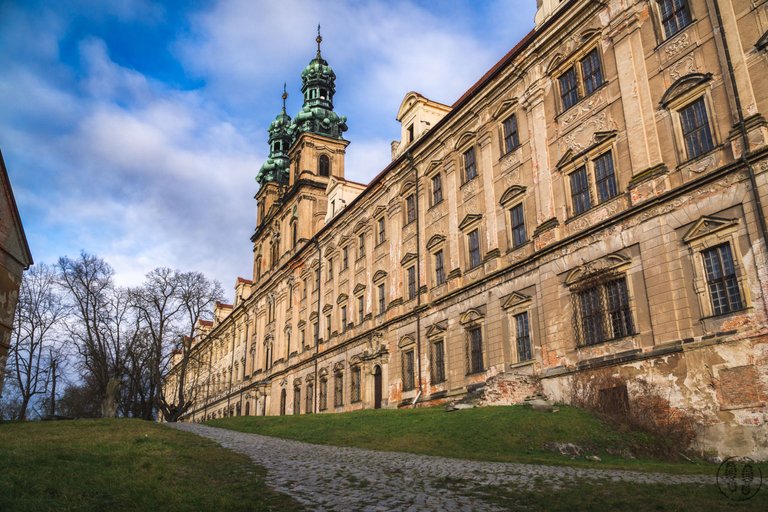
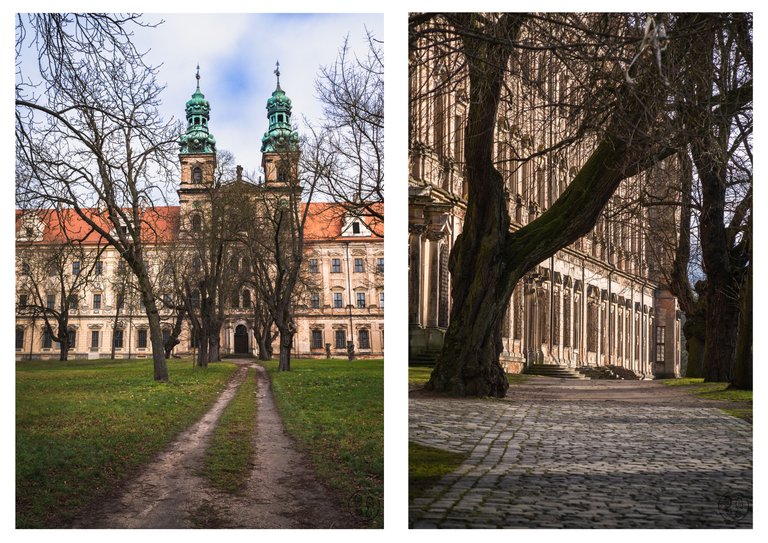
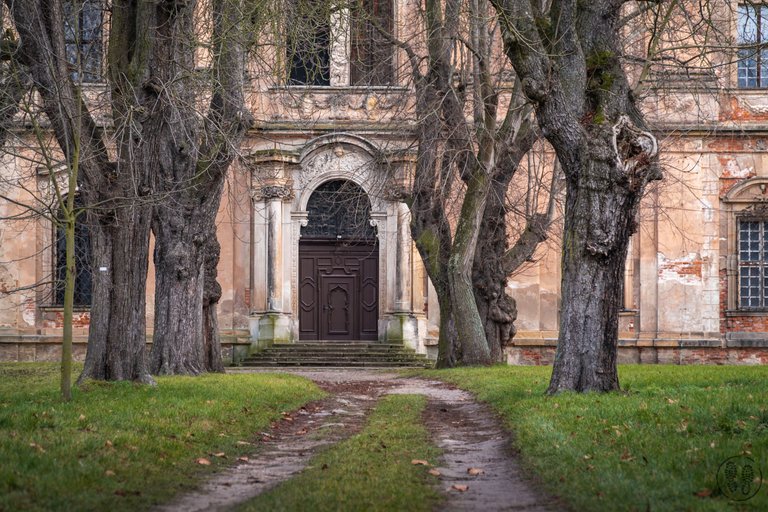
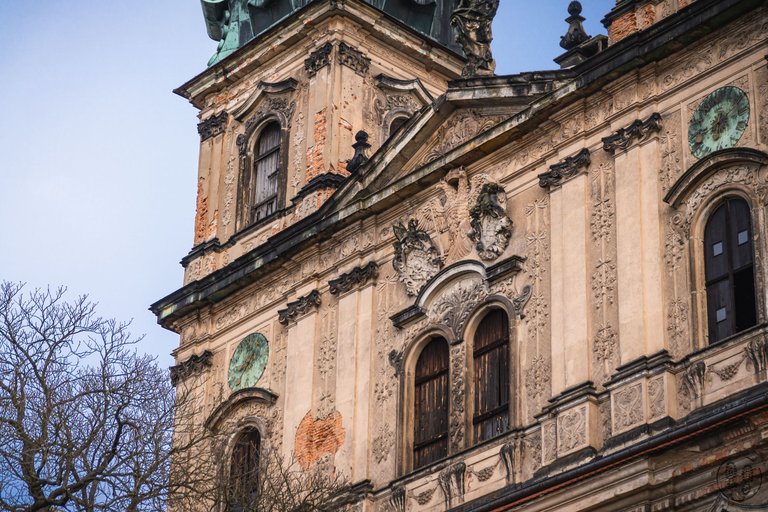
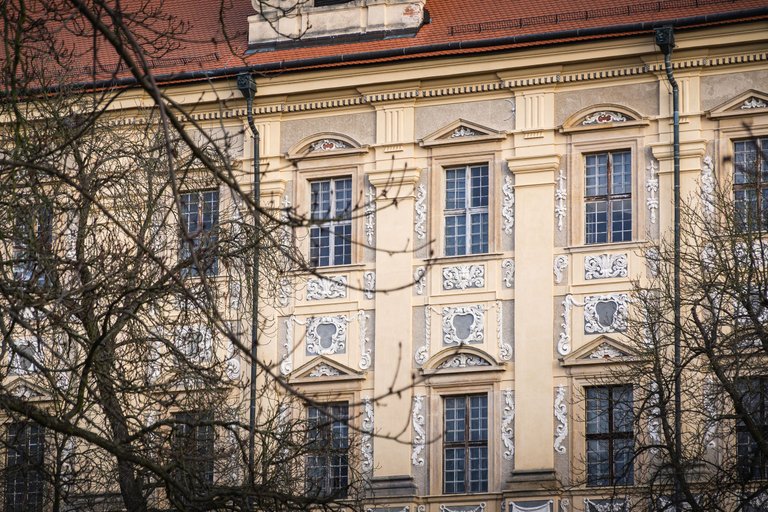
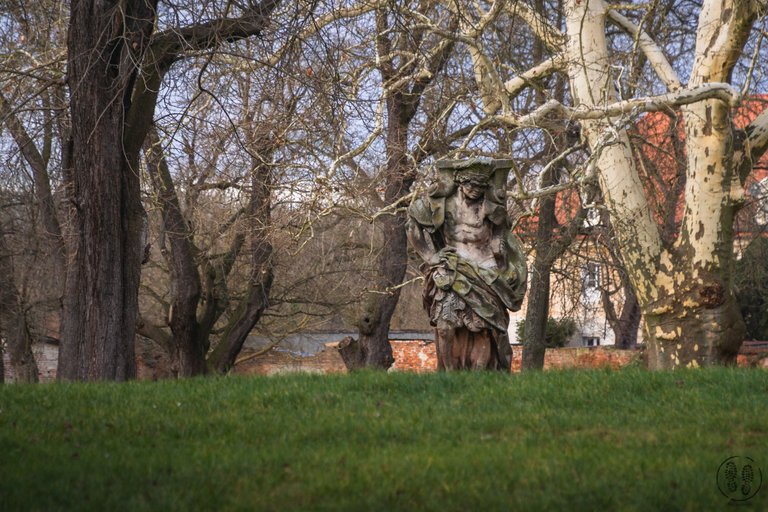
PL: Na koniec oczywiście moje ulubione zdjęcia krajobrazowe. Z pobliskiego wzgórza udało się złapać ciekawy zachód słońca z widokiem na klasztor i majaczące za nim pasma Sudetów środkowych oraz samotne drzewo, które wykorzystałem jako element jednego z kadrów.
ENG: Finally, my favorite landscape photos, of course. From a nearby hill, I managed to capture an interesting sunset with a view of the monastery and the faint outlines of the Central Sudetes in the background. I also used a solitary tree as a key element in one of the shots.
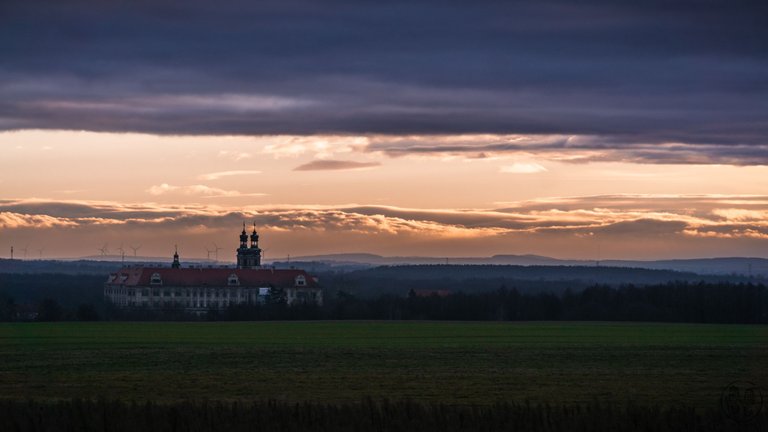
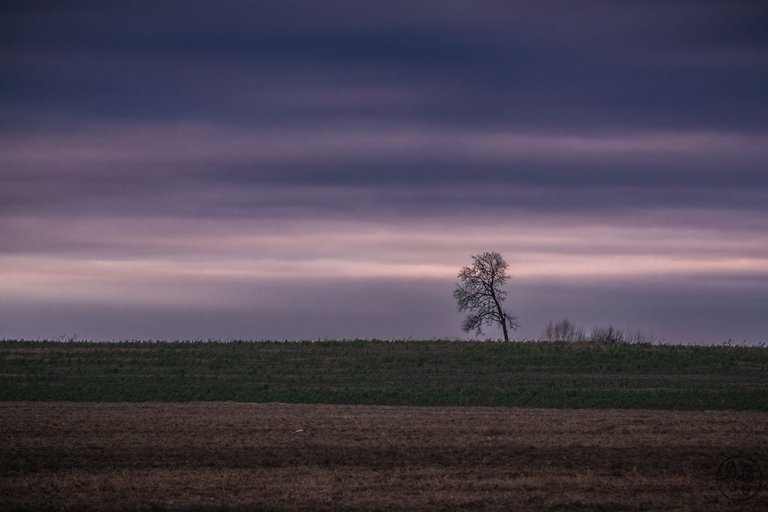

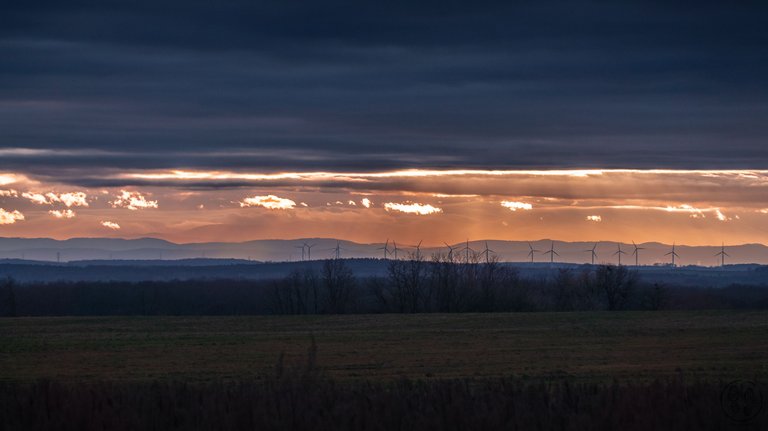

Byłam tam podczas tegorocznej powozi. Piękne miejsce!
Zgadzam się, szczególnie, że nie ma tam wielkiego tłumu turystów ;)
The images you show are very beautiful, friend.
Tahnk you!
You are welcome, friend.